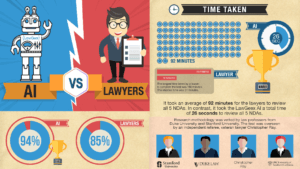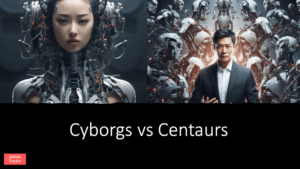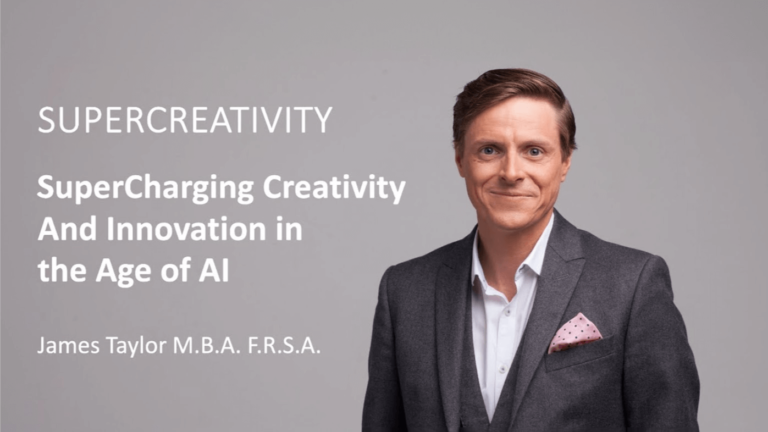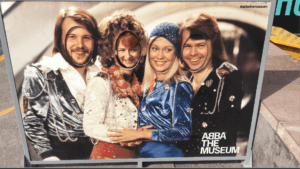Last week, I attended the Management Association of the Philippines’ (MAP) General Membership Meeting at the Shangri-La Hotel in Bonifacio Global City. Held on August 14, 2024, this event featured James Taylor, a globally recognized leader in business creativity, innovation, and AI from the UK. Taylor’s keynote, “Supercharging Creativity and Innovation in the Era of AI,” was a masterclass on how AI creativity can revolutionize industries and drive organizational success.
Sweden, ABBA, and the Nobel Prize: The Power of Legacy and Innovation
Taylor began by prompting us to think of Sweden—a nation synonymous with innovation. Sweden evokes images of ABBA, the iconic music group that has embraced AI creativity to rejuvenate their image, blending nostalgia with innovative technology. Taylor also highlighted the Nobel Prize, celebrating the greatest thinkers in history. Alfred Nobel, the inventor of dynamite, sought to be remembered for his contribution to human progress, embodied in the Nobel Prizes.
Creativity and AI: Synergizing for Success
One of the most significant takeaways from Taylor’s presentation was the role of psychological safety in fostering creativity. An environment where employees feel safe to take risks, share diverse ideas, and collaborate openly is essential for nurturing AI creativity. Organizations that stifle risk-taking inadvertently suppress their teams’ creative potential. In contrast, those that cultivate psychological safety unlock their employees’ ability to innovate.
Taylor emphasized that creativity is a skill that can be developed. In today’s rapidly evolving world, where AI is increasingly integrated into the workplace, creativity is the differentiator that allows humans to solve problems under uncertainty. In situations where the path to an outcome is unclear, AI creativity and human intelligence will always surpass the capabilities of AI alone.
AI as a Partner in Creativity
Taylor introduced the concept of “creative pairs,” where collaboration between humans or between humans and machines leads to “super creativity.” This constructive collaboration manifests in partnerships like that of Steve Jobs and Steve Wozniak, which gave birth to Apple, and human-machine collaborations, such as AI-assisted design in Airbus chairs. The idea of “super creative digital twins” exemplifies how AI can augment human creativity, enabling unprecedented innovation.

Examples such as Ai-Da, the world’s first ultra-realistic humanoid robot artist, and AI in legal and design work illustrate the power of AI-human collaboration. AI can achieve 85% accuracy in reviewing five NDAs (Non-Disclosure Agreements) in just 23 seconds, while a human lawyer might take 92 minutes to achieve 94% accuracy. This efficiency, combined with human oversight, enhances productivity, and frees up time for more complex, creative tasks.
AI’s Impact on the BPO (Business Process Outsourcing) Industry
Taylor discussed AI’s impact on industries, particularly the BPO sector in the Philippines. He acknowledged the existential threat AI poses to traditional jobs but also highlighted the immense opportunities it presents. AI can optimize business processes, leading to enhanced performance and productivity, like how cyclists achieve marginal gains by optimizing their equipment.
Organizations must focus on upskilling and reskilling their workforce to stay competitive in an AI-driven world. The key is not to fear AI but to embrace it as a tool that can amplify human creativity and innovation.
Navigating Digital and Ethical Challenges
While championing the benefits of AI, Taylor did not shy away from discussing its potential pitfalls. He expressed concerns about the misuse of AI in virtual meetings, where attendees could fake their identities, leading to trust issues and ethical dilemmas. The advent of deepfakes and AI-generated content necessitates the implementation of guardrails to prevent misuse, especially in critical areas like fund transfers.

Taylor also touched on the emerging roles of “cyborgs” and “centaurs”—hybrid beings combining human intelligence with AI augmentation. While AI cannot fully replace human jobs, a human collaborating with AI could outperform others, working 25% faster and achieving 40% better results. This is the future of work, where human ingenuity and AI’s capabilities intersect to create unparalleled opportunities.
Cultivating AI Creativity: Practical Strategies
Taylor provided practical strategies for fostering AI creativity, such as encouraging employees to ask open-ended questions before sleep, leading to creative breakthroughs in the morning. He also advised against over-reliance on caffeine, which can inhibit the brain’s capacity for creative thinking. A physical workspace that encourages collaboration is also vital for creative thinking.
He emphasized the importance of continuous learning and curiosity in developing creativity. Taylor cited a study highlighting that 96% of those aged 27 to 45 struggle with climate anxiety, with many young professionals prioritizing sustainability when choosing where to work. This shift underscores the need for organizations to address global challenges like climate change, as these issues increasingly influence talent acquisition and retention.
Debunking Myths of AI Creativity
Taylor debunked several myths surrounding creativity, such as the notion that it is an exclusive trait of “creative types” or that it is a solitary pursuit. Creativity is a continuum, with everyone capable of achieving it, and it often flourishes in environments where diverse perspectives are valued, and collaboration is encouraged.
Crises can spark innovation, as seen in the post-pandemic era, which Taylor likened to the “Roaring Twenties.” Today’s challenges present opportunities for innovation and growth, much like the technological advancements embraced by cities like Chicago, New York, and Shanghai in the past.
Embracing AI Creativity
In conclusion, Taylor’s keynote at the MAP General Membership Meeting was a clarion call for businesses to embrace AI creativity and innovation as complementary forces. He challenged attendees to rethink their approach to creativity, to view AI as a partner rather than a threat, and to foster environments where psychological safety, collaboration, and continuous learning are prioritized.
As we navigate the complexities of the 21st century, Taylor’s insights remind us that the future is being shaped by those who dare to think creatively and collaborate with machines. The key to unlocking this future lies in embracing AI as a tool for creative empowerment, where the only limit is our imagination.

Transform Your Creative Potential!
Harness the power of AI to elevate your creativity and innovation. Discover how John Clements can help you integrate AI into your business strategies. Click here to learn more!







